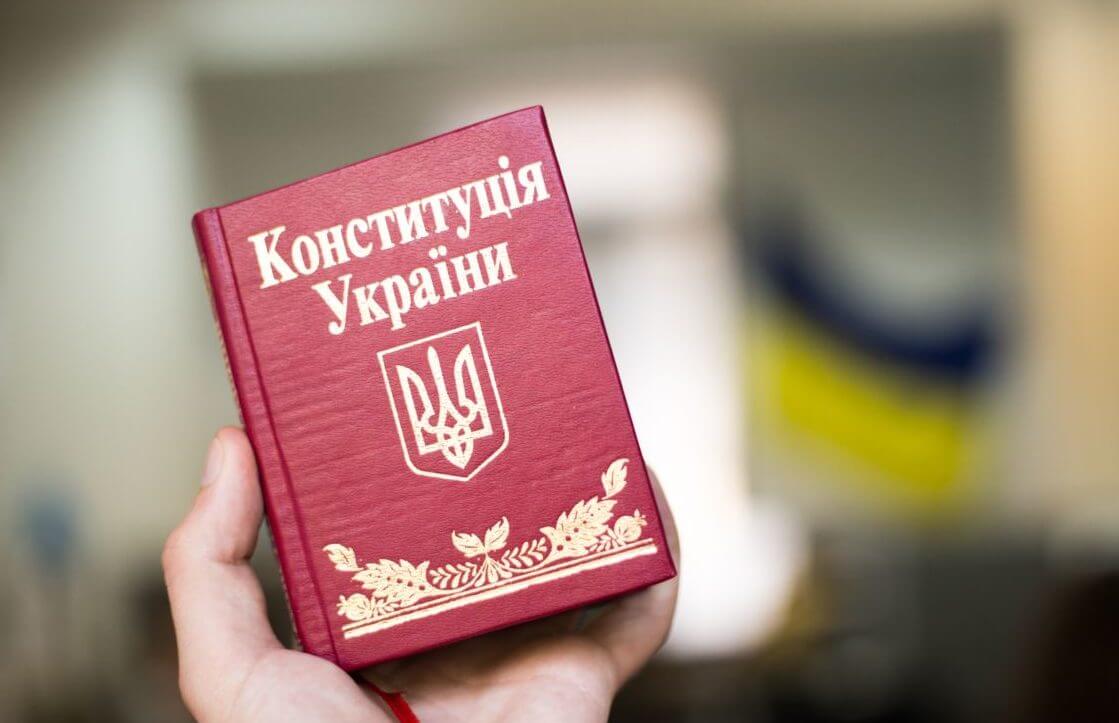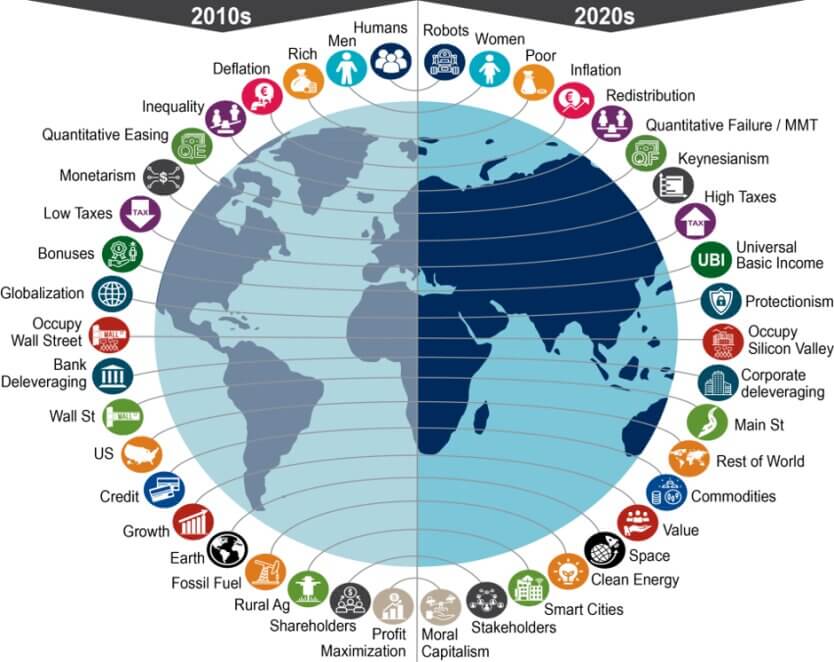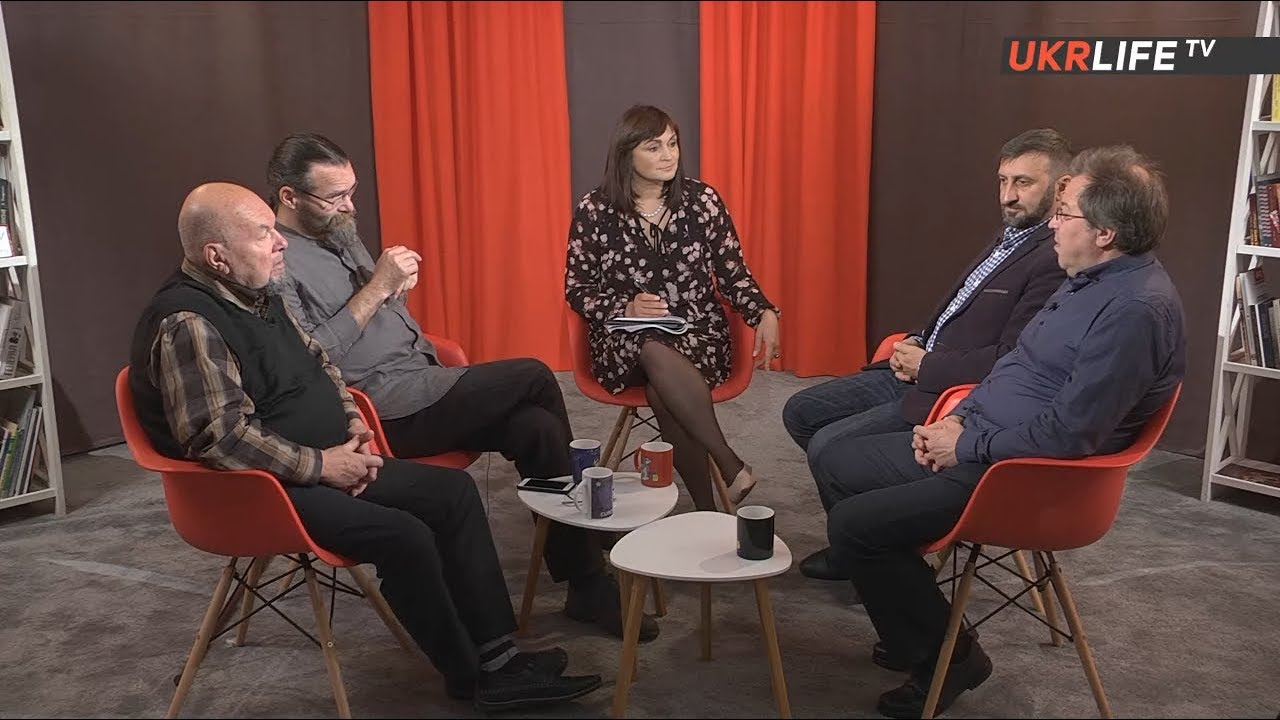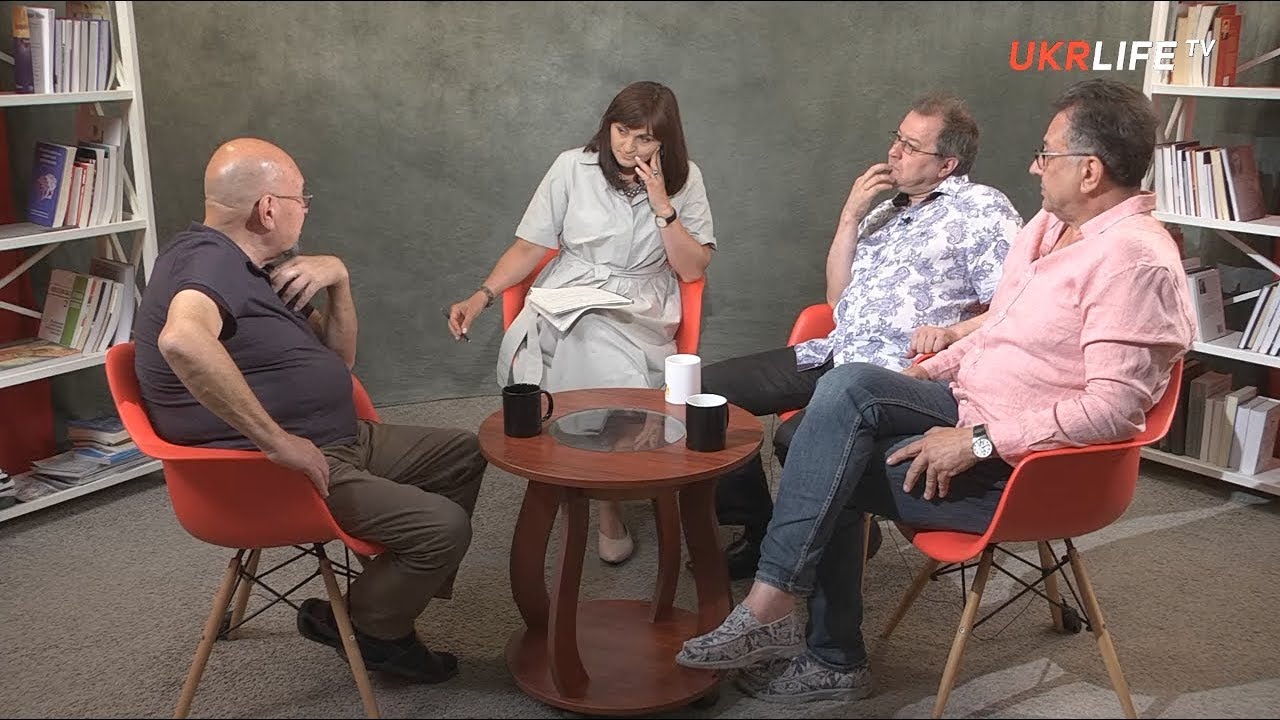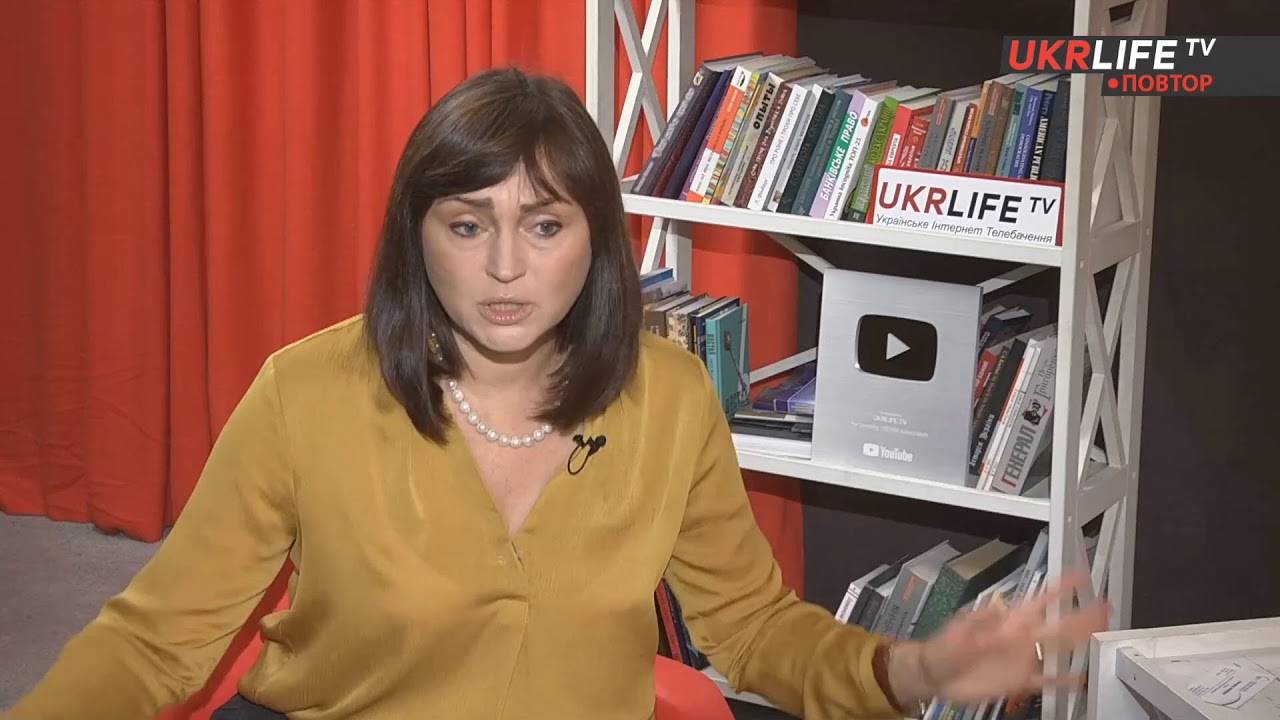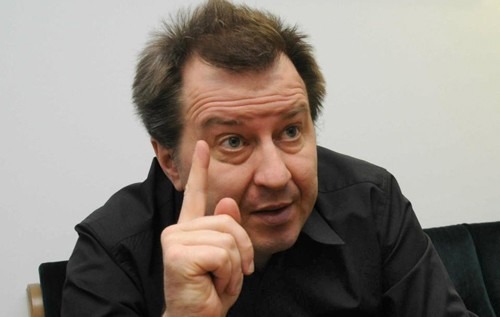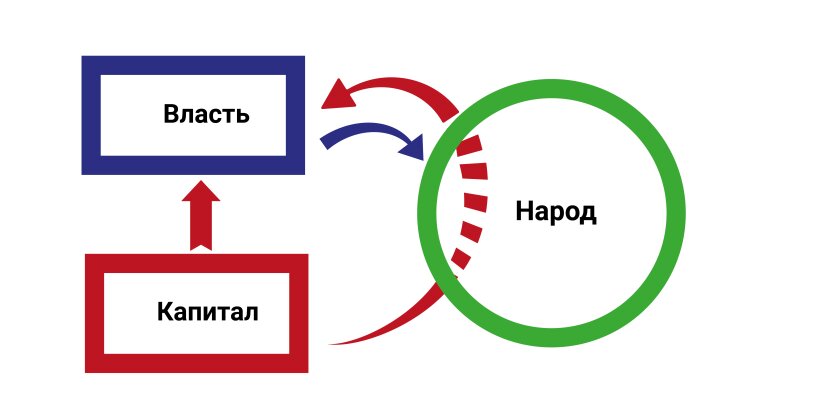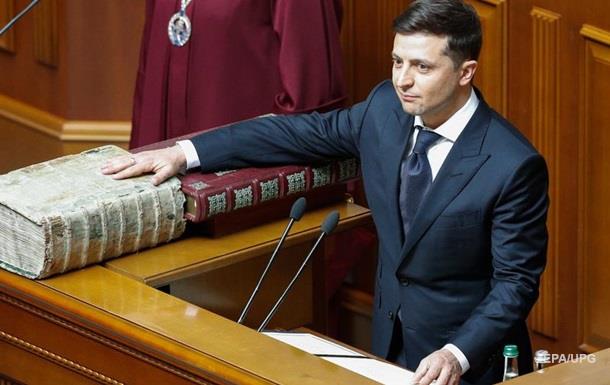By Vitaliy Kulyk
Many Ukrainian enterprises take root in Russia, advancing themselves “in depth” and “across the board”. Examples of the successful expansion of Ukrainian capital in Russia are growing by the year, though it cannot be compared to the level of expansion of Russian business in Ukraine.
Wed Sep 6, 2006 11:28 PM
# 32-33(218)
http://www.weekly.com.ua/?art=1157487628
Produce markets
The Ukrainian beer giant Obolon used the optimal correlation between price and quality to break through the Russian market.
During the crisis in 1992-93, Russian brewers could not meet the national demand despite that Russian beer was cheaper than European brands. It was precisely this opportunity that the Obolon capitalized on when in the mid 1990s it began selling in Moscow and other large Russian cities practically without advertising at a price lower than those of European products, though of a comparable quality.
Today, the volume of export of Obolon beer to Russia during the season has reached 4 million liters a month, some 2% of the Russian beer market. Obolon brands include Obolon, Magnat, Hike Premium, Desant and non-alcohol drink Zhyvchyk.
The advancement of Obolon on the Russian market was far from straightforward. In 2004, Ukrainian breweries faced serious problems with the Russian customs authorities, which held up the shipments for several months. The reason for this was the customs inspections at the Russian company Lider, which accounted for approximately 60% of the Obolon products to Russia.
The years 2004-05 saw a toughening of Russia’s trading policy manifested in the increased excise taxes and restriction of advertising of beer. As a result, the SUN Trade group announced its exit from the Russian beer market and transferred its share in the joint venture SUN Interbrew Ltd., owned by Belgium’s Interbrew. Not only did Obolon remain on the Russian market, it managed to strengthen its position.
The food processing company Chumak also set foot at the Russian market, promoting its products under the slogan “European quality, low prices”. The Chumak fruit and vegetable products appeared on the Russian market in 1996 during a period of relative economic stability. Nevertheless, at the time the Russian market was inundated with imported fruit and vegetable products with a nice aesthetic appearance and tasty, though very expensive. The products of Russian producers was available mainly with poor Soviet-style packaging . Chumak, on the other hand, offered Russians properly jarred and canned fruit and vegetable products with twist off caps at a price much lower than products from Hungary or France.
The Ukrainian company Fozzy is actively positioning its jarred fruit and vegetable products on the Russian market under the brand name Nizhyn in the “elite” category. Nizhyn pickles are successfully selling in elite supermarkets in Moscow at the prices several times higher than their equivalent produced in Russia.
In the opinion of Russian marketing experts, the popularity of Ukrainian pickles from Nizhy, Chernihiv oblast, maybe because during Soviet times they were considered “a hallmark” of all jarred vegetables, and the new Russian consumer elite agreed acknowledged that the Nizhyn products are worth the price.
In 2001-02 Ukrainian vodka producers Soyuz-Viktan (SV) and Nemiroff took the strategy of offering an original product in Russia. Unlike their competitors, which earlier attempted to enter the Russian market, these two producers did not begin by offering traditional vodkas. Instead the bitter tinctures like Pepper Vodka, Okhota, Anisova and others emerged on the Moscow vodka market in the spring of 2001.
Nemiroff’s Medova z pertsem (Honey vodka with pepper), which to this day has no competition in both Ukraine and Russia, took a foothold on the Russian market in December 2001. This was perfect timing to promote this particular product on the Russian market as December and January are the peak months for the consumption of alcoholic beverages and liqueurs. Producers say that today honey-pepper vodka and plain pepper vodka produced under the Nemiroff and SV brand names are the “sales locomotive” in Russia. Nemiroff has three sorts of vodka, while SV has six types.
It is worth pointing out in particular the practice of Russian and Ukrainian entrepreneurs “borrowing” from one another trademarks.
For instance, Russian producers long ago registered Chaika chocolate and Snezhok caramel as their own trademarks. At the same time, the hard cheeses Rossiyskiy, Peshokhonskiy, Kostomyrskiy and others produced on the Ukrainian market and known from the Soviet times are popular on the Russian market. The Shostkynskiy and Pyryatynskiy dairy plants are also popular in this market segment.
The progress of Ukrainian confectionaries on the Russian market is also worth noting. The experience of the Ukrainian company Roshen is more than telling. Applying the method of securing a market territory, Roshen managed not only to maintain its position but also expand its presence on the confectionary market in Russia.
Today the Roshen corporation includes four plants in Ukraine (Kyiv’s Karl Marx, Vinnytsia, Mariupol and Kremenchuk), as well the Russian plants Likonf in Libetsk and a caramel plant in Briansk. Roshen produces chocolate bars and chocolate candies, cookies and caramel.
At the end of February 2002 the Roshen company acquired two Russian confectionaries producing the trademark Vokruh Sveta and Korolievskiy Dessert.
As a result of the successful production and marketing strategy, the market share of the Ukrainian company today stands at 5% and is expected to increase to 10%. The company is in the average price niche in Russia (in comparison with Krasniy Oktyabr its prices are 10-20% lower), which makes its prices affordable for the majority of the population and at the same time does not evoke an association with a “cheap contraband” product.
The strategy of the Ukrainian company is fairly straightforward. It is comprised of a step-by-step progression in breadth (in the regions) with the help of solidified sales, as well as into the depth of the market. Namely, this entails capturing a higher price niche.
The Donetsk-based Kyiv-Konti, which is the second largest leader on the Ukrainian confectionary market, works along a similar scheme (it owns the Konstantinovska factory, where cookies and caramels are produced, and the Donetsk Chocolate Factory). The management of Kyiv-Konti already announced its intentions of occupying 10% of the Russian confectionary market. The company today supplies 40% of its products to Russia, which is approximately 30,000 tons. The company is also actively reinvesting profits into modernization and re-equipping of factories, claiming that competing with Russian producers is only possible by offering high-quality products.
Industrial products market
The advancement of Ukrainian pharmaceutical, machine-building and metallurgy companies on the Russian market is connected with economic and political issues. To a great degree the success of contracts depends on the political will of the leadership of both countries.
Currently, insulin produced by the Kyiv plant Indar is successfully advancing on the Russian market. Up until recently the Russian insulin market (estimated at US $ 120 million) was divided between the leading world producers of high-quality gene engineered insulin, namely Novo Nordisk (Denmark), Eli Lilly (U.S.) and Aventis (France-Germany). Indar is planning to capture no less than 50% of the market – i.e. US $60 mn a year.
The Ukrainian company Nord of Donetsk is expressing serious interest in the Russian refrigerator market. Today, Nord manufactures 1 mn household refrigerators under the same trademark. Industry experts note that refrigerators in the lower price range that Nord makes are steadily popular in Russia. The price gap between cheap Ukrainian models and high end refrigerators is on average 30-40%, while Russian televisions are only 10-15% cheaper than Korean-made units.
According to assessments of Russian industry experts, brands from countries of the CIS constitute 50% of the sales of wholesale and retail companies (28% of this figure is attributed to the Belarusan brand Atlant and 22% to Stinol refrigerators). In short, Nord has all the chances to enter the market and occupy a leading position.
This is far from the full list of Ukrainian companies that are successfully working on the Russian market. Indeed, there are a whole slew of large and mid-sized companies engaged in supplying Russia with raw materials, sub-products, agricultural produce, petroleum products, etc.
Their success on the Russian market allows for concluding that it is possible to efficiently operate on it provided a company applies a competent and effective management strategy on such a complex market as Russia. The main thing is the readiness of the two sides to work together without excessive politicization and speculation.
Background
In 2005, the turnover between Ukraine and Russia was US $23 bn. For comparison, in 2000 this figure was US $9 bn. Moreover, the volumes of export of Ukrainian products to Russia are steadily in decline. While in 2004 the growth of export shipments was 26%, in 2005 it fell to 22.8% and in the first quarter of 2006 it fell further to 15.5%.
According to information provided by Vladimir Shevchenko, Director of the Department of Cooperation with CIS Countries and Russia at the Economy Ministry of Ukraine, in 2005 Ukraine exported goods to Russia in the amount of US $7.5 bn and imported US $12.8 bn worth of goods from Russia. On the surface, this is a clear imbalance between export and import.
After the presidential elections in 2004 in Ukraine, there was a notable cooling of a number of relations between the two countries, mainly political. Specifically, in 2005 an inter-governmental commission on trade and economic cooperation was abolished.
In January 2006 Russia introduced a ban on the import of all types of animal husbandry products from Ukraine due to the non-compliance of suppliers with veterinary and sanitary norms.
In the opinion of experts, today in Russia a gradual extrusion of foreign capital in the most profitable market segments can be observed. Ukrainian companies working in Russia are forced to take part in the fierce competitive battle “a la Russian style”, thus demonstrating the miracles of management.
